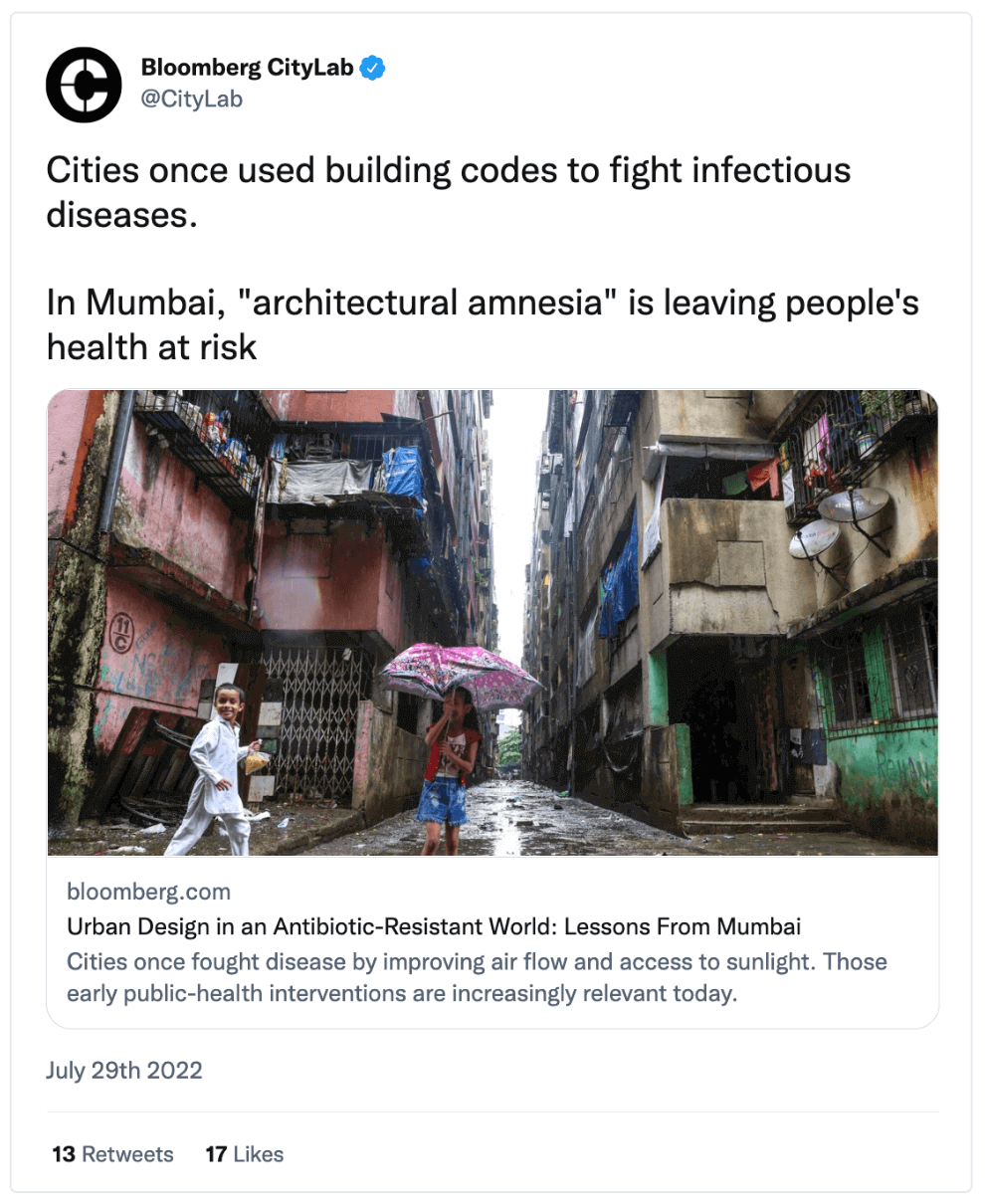Valuing People by Valuing Beautiful Buildings
Károlyi Castle is beautiful. Nestled like a jewel in the setting of Hungary’s countryside, the Castle is a reflection of the owners’ appreciation for natural and man-made beauty, as well as thoughtful preservation of local history. It was the perfect place to host our recent Europa Fellowship.
Sir Winston Churchill once said, “We shape our buildings, and afterwards, our buildings shape us.” Buildings like Károlyi Castle are not just aesthetically pleasing—they are artworks that inspire us, shape our history, and form our culture.
Being at the Castle reminded us of some other exciting projects to restore buildings to their beautiful origins, as well as warnings from history to make sure architectural design safeguards our communities’ health and prosperity. Check them out and let us know what you think!
Are there any restoration projects your community has done, plans to do, or could benefit from? We’d love to hear about them! Let us know in the comments, or tag us in a story or photo on Instagram.
When you’re walking or driving through your downtown area, do you notice the building facades? Is there a design nod to your community’s heritage that helps create a sense of pride and home? CSS faculty member and University of Oxford research fellow Dr. Samuel Hughes brought our attention to a redevelopment project in Marylebone in London attempting to do just that! We appreciate his commentary in this thread, highlighting the philosophical and historical elements involved.



If you have a little time, you might also want to check out Dr. Hughes’ “Create Mews” proposal with Create Streets’ fellow Ben Southwood. They propose a community-led solution for Britain’s “land-hungry, car-dependent sprawl”—turning thousands of disused alleys, dilapidated garages, and wasted land into mews-style homes. Could your community do something similar?
Have you ever visited New York City? Your parents or grandparents may have entered through McKim, Mead & White’s old Penn Station—a triumphant gateway into the city. The original building was tragically demolished and replaced with the ugly, cramped, dark, and dangerous modern Penn Station.
CSS faculty member and National Civic Art Society president Justin Shubow is heading up a special project to resurrect Penn Station to its former glory—a beautiful design that takes people into account. Check it out!
How can architecture affect public health? This Bloomberg piece prompts us to learn from history and consider how the layout of our buildings can combat or facilitate the spread of disease, simply by allowing or blocking sunlight and ventilation.
When we take the dignity of people into account, our buildings look different. Here is one way the city of Paris preserves sunlight for its streets—and introduces charming roof gardens!


Architecture is hardly amoral. Our buildings impact our health and can be a source of pride that unifies and reminds us of our local heritage. Consider spending some time this weekend thinking about how you could be a part of restoring or transforming the buildings in your community—for the sake of beauty and prosperity.






